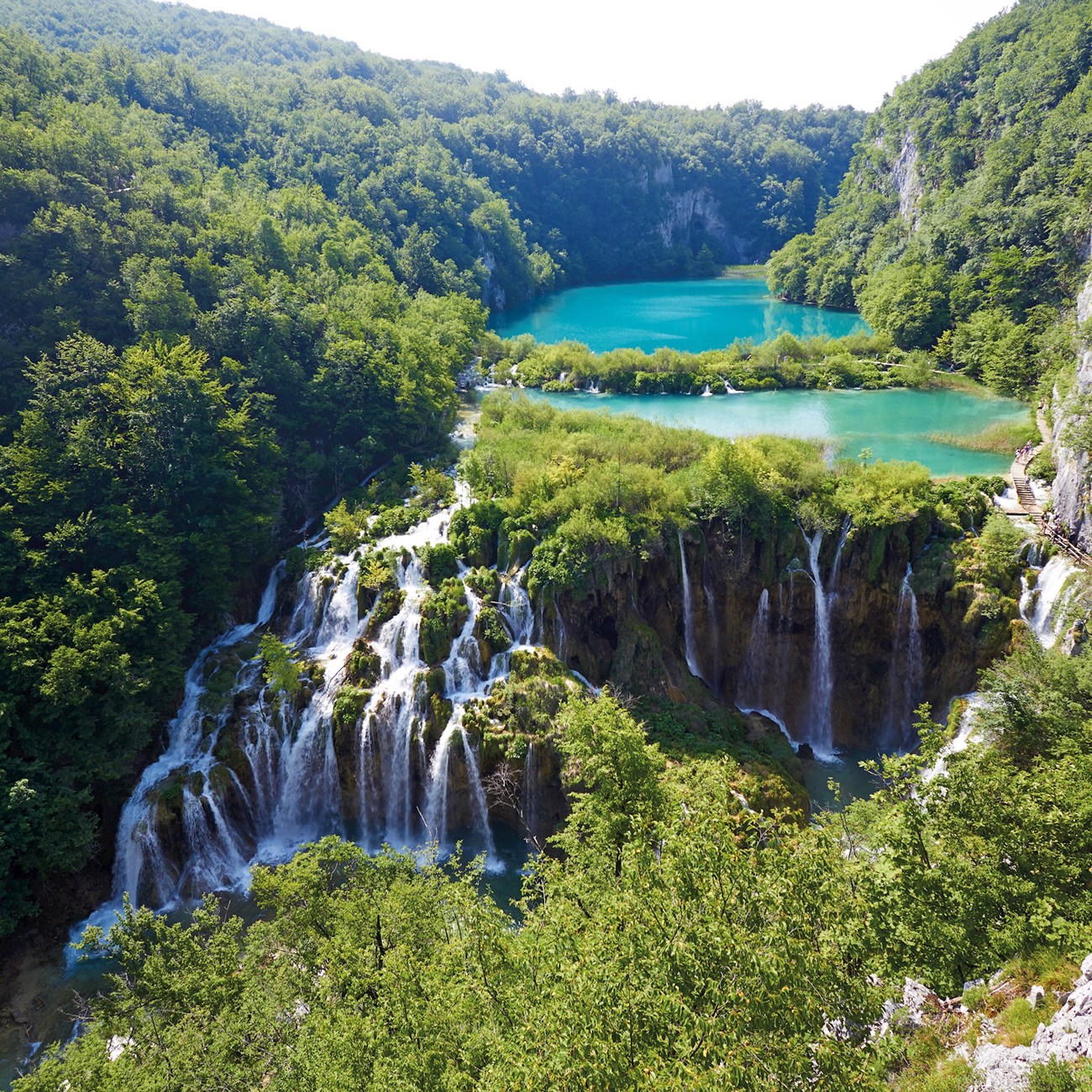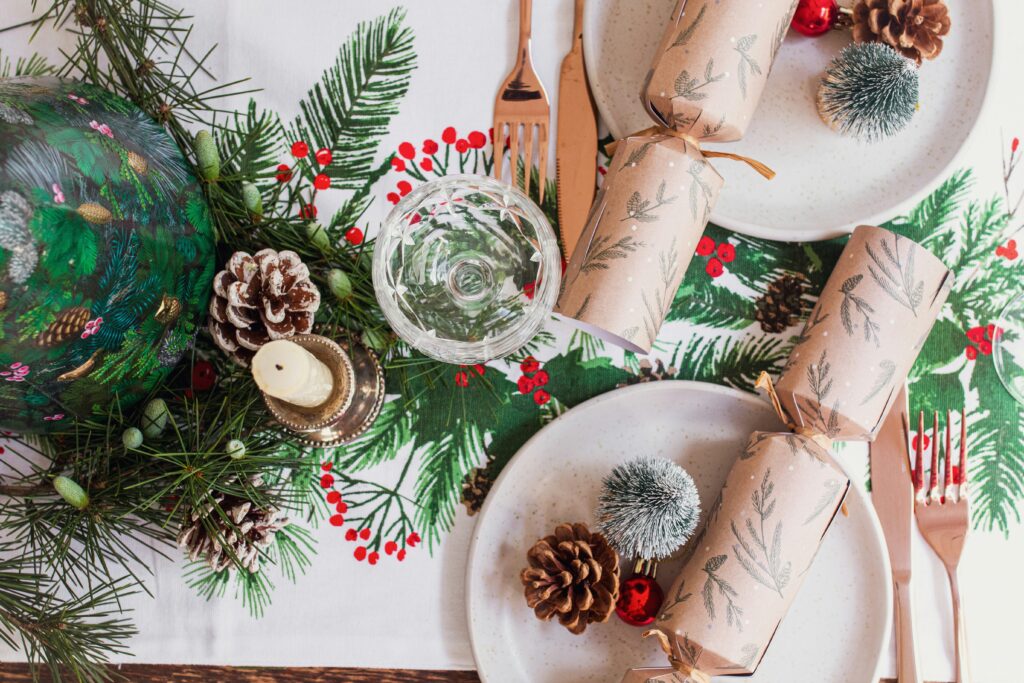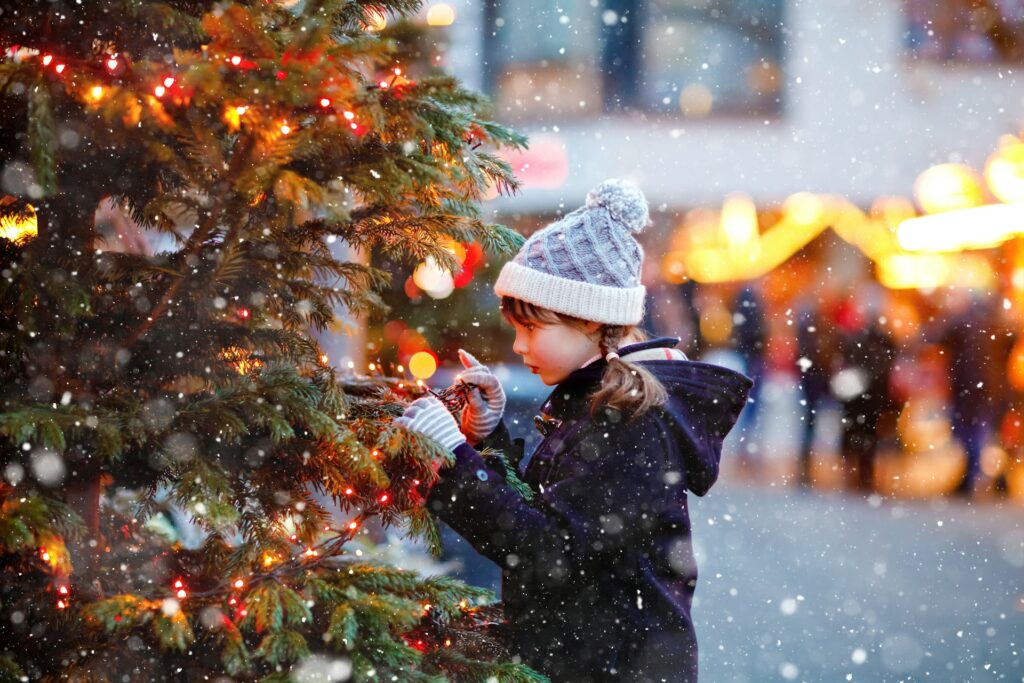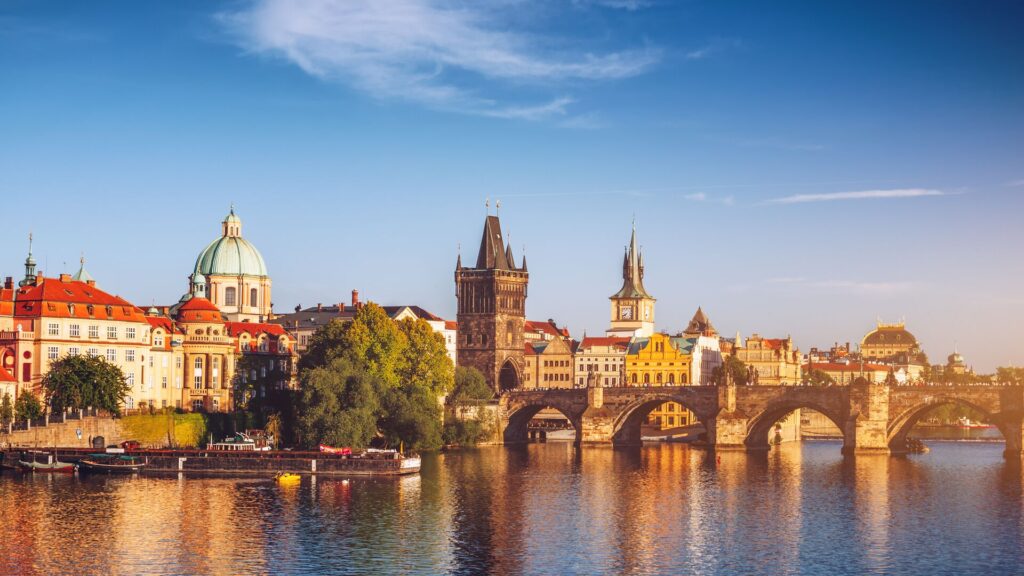Where To Go in Europe This Spring and Summer, By Travel Expert Emma Holmes
Why You Should Beat the Crowds to Slovenia – Europe’s Next Big Thing
It’s hard to find a hidden gem in Europe these days, but we think Slovenia might just be it. Imagine untouched national parks, rolling vineyards, vibrant coastline and picture-perfect lakes. All this, and so much more, make up the colorful, culture-rich fabric of Slovenia.
Why visit Slovenia?
Nestled between Austria, Italy and Croatia with a small slice of (dazzlingly pristine) coastline, when traveling round Slovenia you’re presented with a visual buffet of natural beauty. It’s landscape can range from carpets of dense forest covering rugged hills, to subterranean caves, lakes and rivers so blue you won’t believe your eyes. You’ll even find undulating swathes of vineyards that could easily be mistaken for Tuscany. The main difference? There’s hardly another soul to have to share it with.
To give you a better idea of Slovenia’s ‘hidden gem’ status in numbers – in 2024, Italy saw over 62 million tourists, Croatia saw over 21 million, and over 46 million headed to Austria. Comparatively, just over 6 million visitors headed to Slovenia. That means more room on the hiking trails, beaches, in the museums, cafes and restaurants.

The central of the Triple Bridge’s three bridges has connected both sides of Ljubljana since 1842.
Where to visit in Slovenia
Ljubljana
Slovenia’s capital is the ultimate walkable city, even taking the title of the European Commission’s Green Capital of Europe in 2016. Car traffic is restricted in the center, and instead you’ll find avid cyclists making their way across Ljubljana – though it’s easy enough to walk its entirety in one day. If you do, make sure you stop by its buzzy cafes and restaurants, which sprawl onto the banks of the Ljubljanica River with terrace seating in the summer.
Stroll through Ljubljana and find an architectural feast for the eyes, from the romantic 12th century Ljubljana Castle to Old Town’s main square, Prešernov Trg. Every square in the city features stunning architecture that reveals the city’s history in stone and eye-catching ornamentation.
Early-modern architecture buffs will be delighted to discover the works of Jože Plečnik, a famed Slovenian architect who created many of Ljubljana’s key sights such as the Triple Bridge and he interior of the National & University Library – both UNESCO-protected works of cultural heritage.
Lake Bled
One of Slovenia’s most well-known landmarks, Lake Bled looks as though it’s come straight from the pages of a fairytale. Bled Castle looks out over the turquoise lake from its spot on the cliffside, over 100m high, while Bled Island sits in the middle. On Bled Island you’ll find the Church of Assumption and the South Staircase (designed by Južno Stopnišče), built in 1655. The staircase comprises 99 steps – a local tradition is for the husband to carry his new bride up them. You can get to the island via a Slovenian version of a gondola (known locally as pletna) – no wonder it’s one of Slovenia’s most romantic destinations.
Triglav National Park
Slovenia is full of lakes, but Lake Bohinj is the largest, found in the Triglav National Park. The lake is a hive of activity in the summer, when you can swim or sail across the water before you hike or bike deeper into the park itself (walk far enough and you’ll come across the magnificent Savica Waterfall).
Beyond the natural wonders, if you hike out into the rural hamlets north of the lake you’ll immerse yourself in the food and cultures of the local people. The Alpine Dairy Farming Museum in Stara Fužina educates about local people’s passion and heritage, producing everything from dairy and cheese to meats, honey and jam.
A tip – if you’re wanting to secure some local produce, look for the “Bohinjsko” (from Bohinj) label signifying it’s locally produced.
Save up to $3,000* per couple on your first Premium Tour
Plus receive latest offers, travel inspiration, and discover how your travels will make a positive impact. Together, WE MAKE TRAVEL MATTER®. Subscribe Now
Karst Region
Slovenia has some of the most diverse geography in Europe, demonstrated by the Karst Region, home to some of Europe’s largest and most-stunning cave systems. The region’s name is taken from its porous, limestone topography. Two of the most famous caves are Postojna and Škocjan, but the karst is home to dozens of underground marvels.
Visit the otherworldly Postojna Cave (one of the world’s largest) to view some of the most impressive stalagmite and stalactite formations. Your 1.5-hour tour will reveal 5km of the vast cave – don’t worry, more than half the journey is on an electric underground train!
The Škocjan Caves are a UNESCO World Heritage Site, and are slightly larger than Postojna. Found more than 200m (656 feet) underground, it’s home to countless waterfalls and one of the largest known underground chambers.
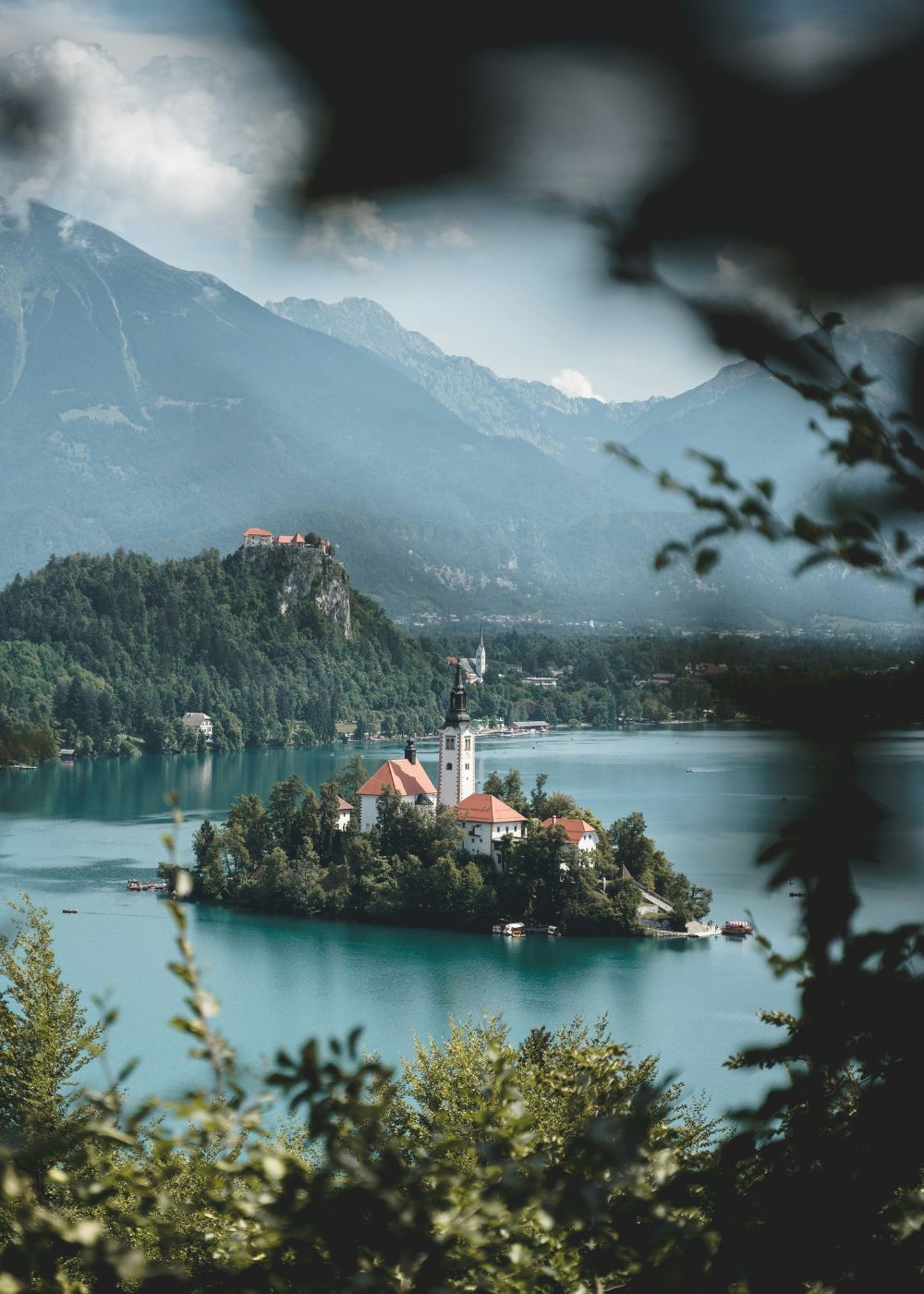
Lake Bled is one of Slovenia’s oldest castles, dating back to 1011.
Piran
There’s so much to explore in Slovenia, but if you’re after some sun and relaxation, then head to Piran. Often heralded as the most beautiful town along the Slovenian Adriatic, Piran is a sea of white buildings and terracotta roofs jutting out on a narrow peninsula.
Though the town itself predates the Romans, its current architecture is a product of the Venetian Empire in the Middle Ages – and its Old Town is one of the best preserved examples of Venetian gothic architecture. Take in views of Slovenia’s coastline from the top of the bell tower before heading to Fiesa Beach to dip your toes in the sea.
Goriška Brda
Think you need to head to France or Italy to taste incredible wine? Slovenia has more than 7,500 winemakers, and a large proportion of family-owned wineries. The Primorska wine region and is split into four districts: Slovenska Istria, Kras, Vipavska Dolina and Goriska Brda, the last of which is home to Slovenia’s biggest winery, Klet Brda.
Goriska Brda is one of the most stunning areas, found on the Italian border. Picture rolling hills, quaint villages and charming churches dotted across the landscape – its steep geography means that the wineries can only harvest the grapes by hand, as it’s too hilly for machinery to work. Try the native grape variety Rebula in its homeland, making crisp white wines and sparkling delights.
Its produce isn’t just limited to wine; you can also explore olive groves and orchards. Want to work off some of the wine tastings? Goriška Brda is also a destination for cyclists – those hills don’t just make great vineyards!

LIKED THIS POST? SHARE WITH YOUR COMMUNITY
